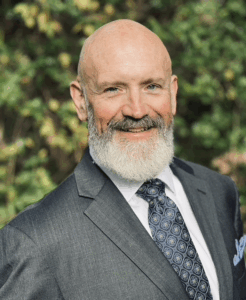by Joe McMenamin
Kyoung Ryul Lee, MD, PhD, CEO of the SCL Group, Seoul Clinical Laboratory, a Specialist in Laboratory Medicine
Kyoung Ryul Lee, MD, PhD, CEO of the SCL Group, Seoul Clinical Laboratory, a Specialist in Laboratory Medicine What motivated your decision to attend medical school and become a physician? Could you share some particularly
ISSUE 28
FROM THE PUBLISHER W elcome to the 28th edition of the World Asian Medical Journal. This issue encompasses a captivating cover story featuring an interview with Dr. Huang, a distinguished medical professional whose journey from
Youngmee Jee, MD, PhD | Inspirational Asian Healthcare Leader
INSPIRATIONAL ASIAN HEALTHCARE LEADER Youngmee Jee, MD, PhD Commissioner of Korea Disease Control and Prevention Agency INTERVIEW 01 Tell us how you decided to pursue a career in medicine. How did you choose your specialty?
Rethinking Hypothyroidism
Rethinking Hypothyroidism: Why Treatment Must Change and What Patients Can Do Author: Antonio C. Bianco, MD Translated by: Semin Kim, MD & Sihoon Lee, MD About the book “Rethinking Hypothyroidism” The limitations of current
The Internet of Things (Revision 2021)
Purchase LinkThe Internet of Things (Revision 2021) Author: Sam Greengard We turn on the lights in our house from a desk in an office miles away. Our refrigerator alerts us to buy milk on the
Superconvergence
Purchase LinkSuperconvergence Author: Jamie Metzl In Superconvergence, leading futurist and OneShared World founder Jamie Metzl explores how artificial intelligence, genome sequencing, gene editing, and other revolutionary technologies are transforming our lives, world, and future. These
The Strategic Importance of Location in the U.S. for Foreign Bio and Pharma Companies
The Strategic Importance of Location in the U.S. for Foreign Bio and Pharma Companies DoHyun Cho, PhD (CEO, W Medical Strategy Group) The U.S. Market: A Cornerstone of Global Expansion For pharmaceutical and biotech companies,
South Korea’s Healthcare Crisis: Beyond the Numbers
South Korea’s Healthcare Crisis: Beyond the Numbers Dongju Shin, Dong-Jin Shin INTRODUCTION The South Korean healthcare system has recently plunged into a significant crisis following a February 2024 announcement by the government to increase medical
Overcoming Disparities in Gastric Cancer Care
Overcoming Disparities in Gastric Cancer Care Chul S. Hyun, MD, PhD, MPH Gastric Cancer and Prevention Screening Program, Yale School of Medicine, New Haven, CT Gastric cancer is the fifth most common cancer worldwide,
The Global OR – An Introduction to Global Surgery
The Global OR – An Introduction to Global Surgery Kee B. Park, MD, MPH, Dawn Poh, MBBS, MRes Introduction An estimated 5 billion people worldwide lack access to timely, affordable, and safe surgical care, including

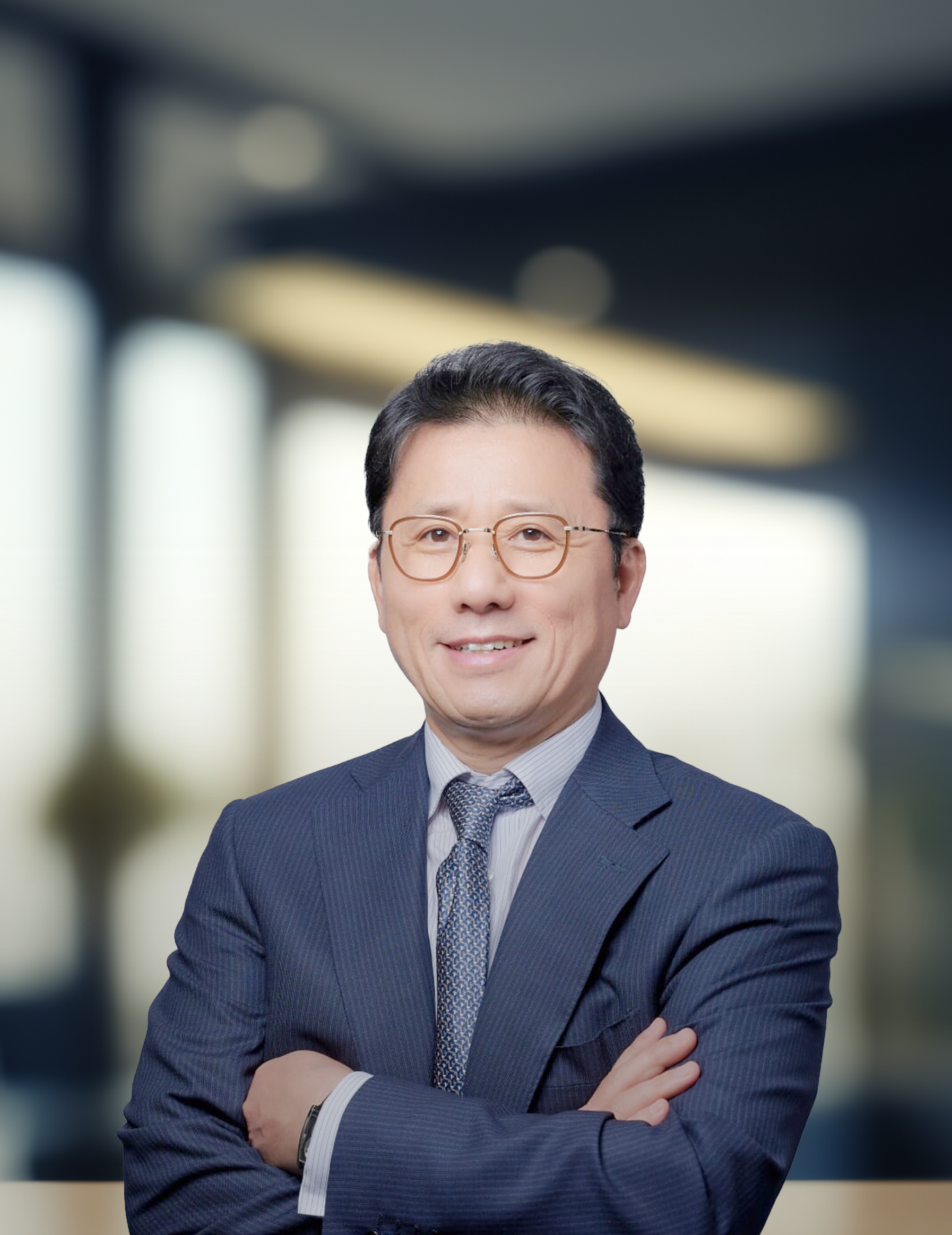
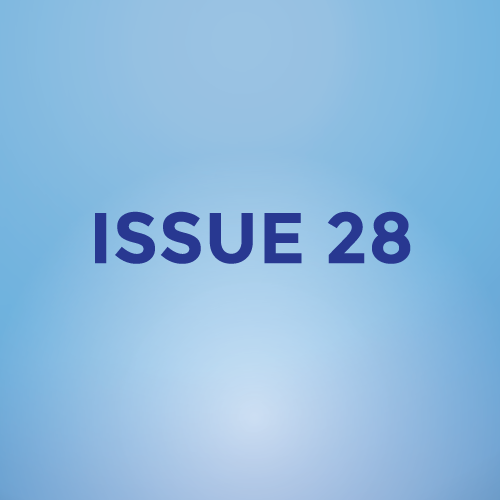
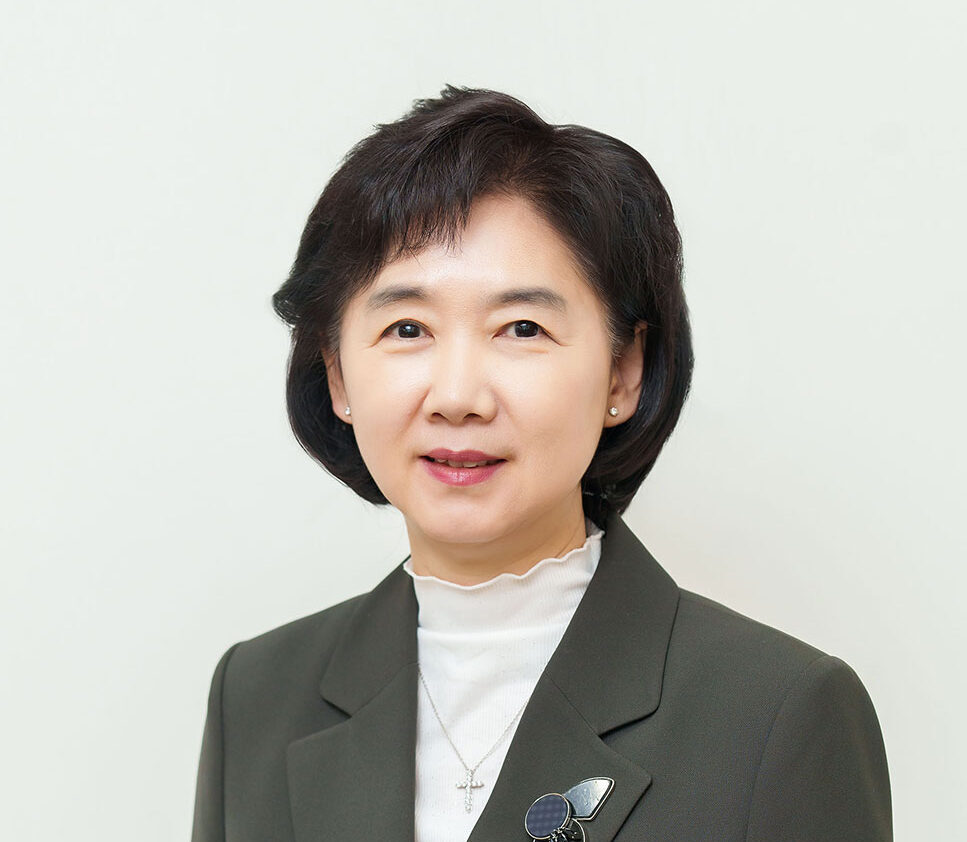
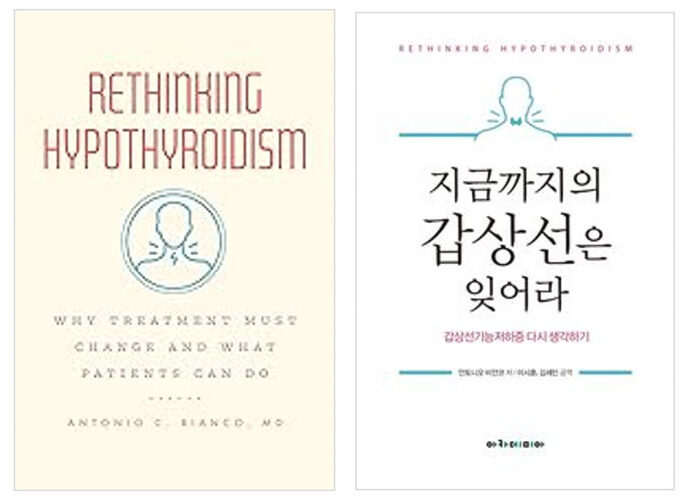
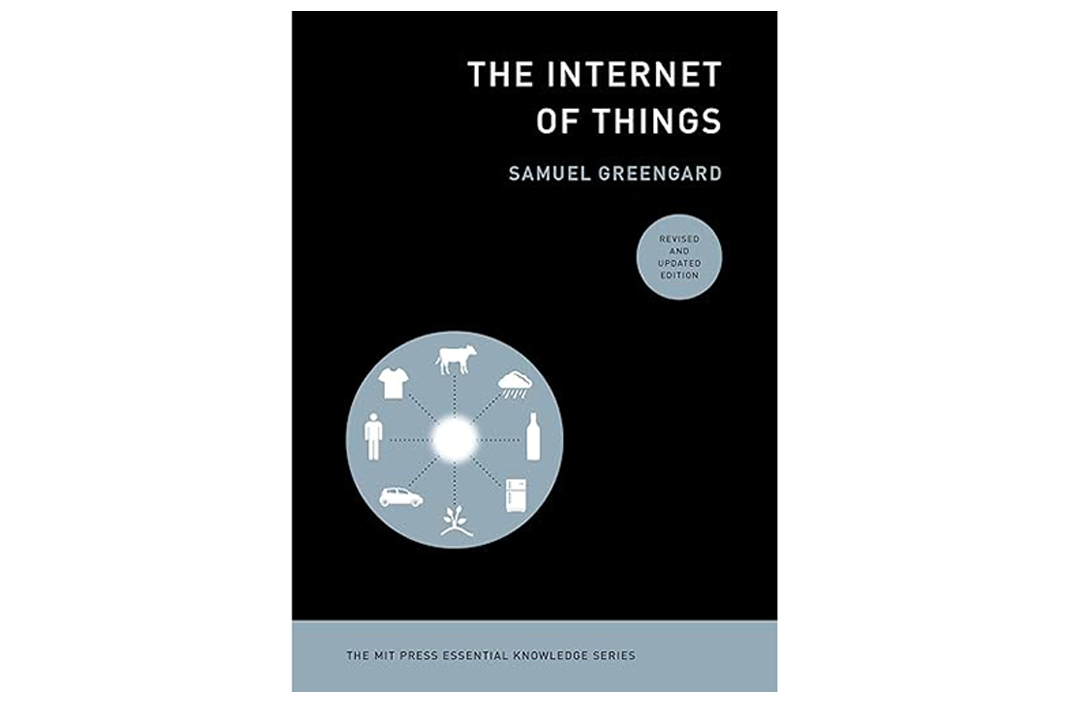
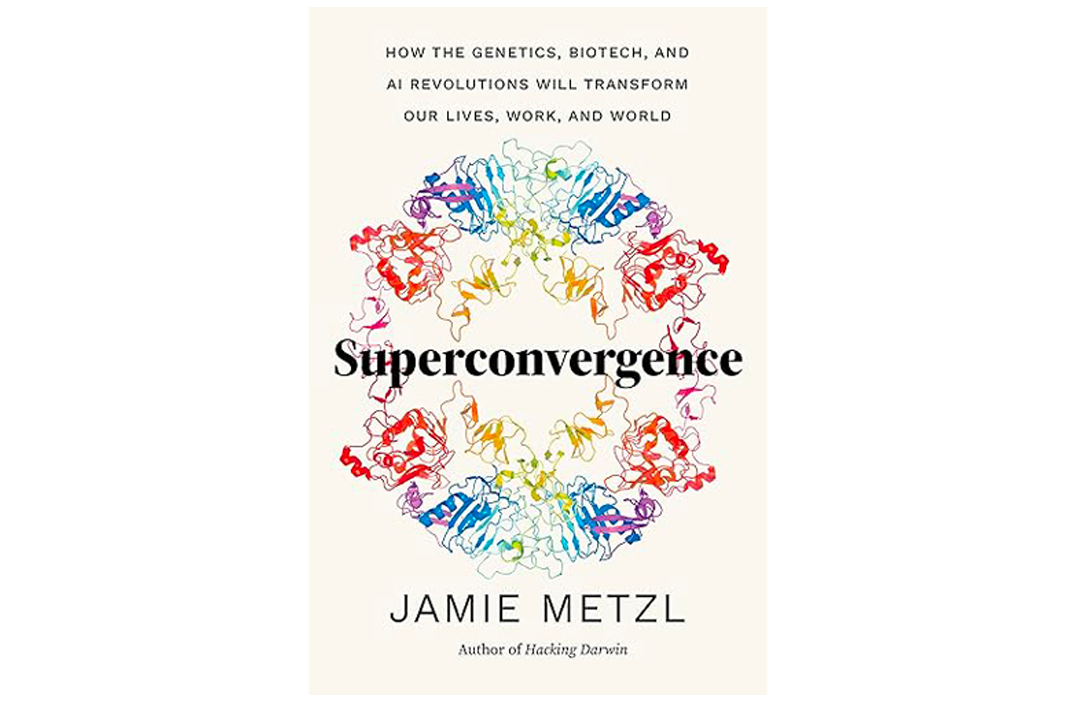


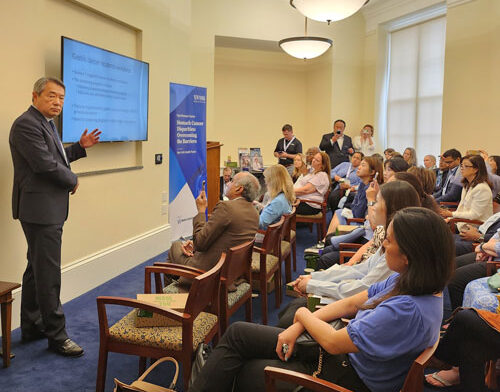

 Since the simulation movement began, with its emphasis on acting, the concept of providing arts education to doctors in training has expanded beyond theatre. Med students and young doctors visit art museums to learn how to better attend to a painting’s details so they can read a composition in its frame. They are exposed to music for the lessons it teaches on empathy, teamwork, and yes, listening. The arts, he says, capture ”what this moment feels like.” Quoting Bob Dylan, Anderson says the arts are good at “freezing time,” and, better than other domains, at communicating phenomenological feelings. Physicians exposed to art works and to artistic thinking learn to relate better to patients, resulting in better transmission of better information, deeper understanding between treater and patient, and improved patient adherence. Dr. Anderson advises that arts and humanities in medicine has become so well-developed that the field has its own literature and conferences. He points the University of Florida as a pioneer and still one of the leaders in this realm, though one can find programs all over the country, including at many of the nation’s most competitive and highly regarded med schools.
Since the simulation movement began, with its emphasis on acting, the concept of providing arts education to doctors in training has expanded beyond theatre. Med students and young doctors visit art museums to learn how to better attend to a painting’s details so they can read a composition in its frame. They are exposed to music for the lessons it teaches on empathy, teamwork, and yes, listening. The arts, he says, capture ”what this moment feels like.” Quoting Bob Dylan, Anderson says the arts are good at “freezing time,” and, better than other domains, at communicating phenomenological feelings. Physicians exposed to art works and to artistic thinking learn to relate better to patients, resulting in better transmission of better information, deeper understanding between treater and patient, and improved patient adherence. Dr. Anderson advises that arts and humanities in medicine has become so well-developed that the field has its own literature and conferences. He points the University of Florida as a pioneer and still one of the leaders in this realm, though one can find programs all over the country, including at many of the nation’s most competitive and highly regarded med schools.
